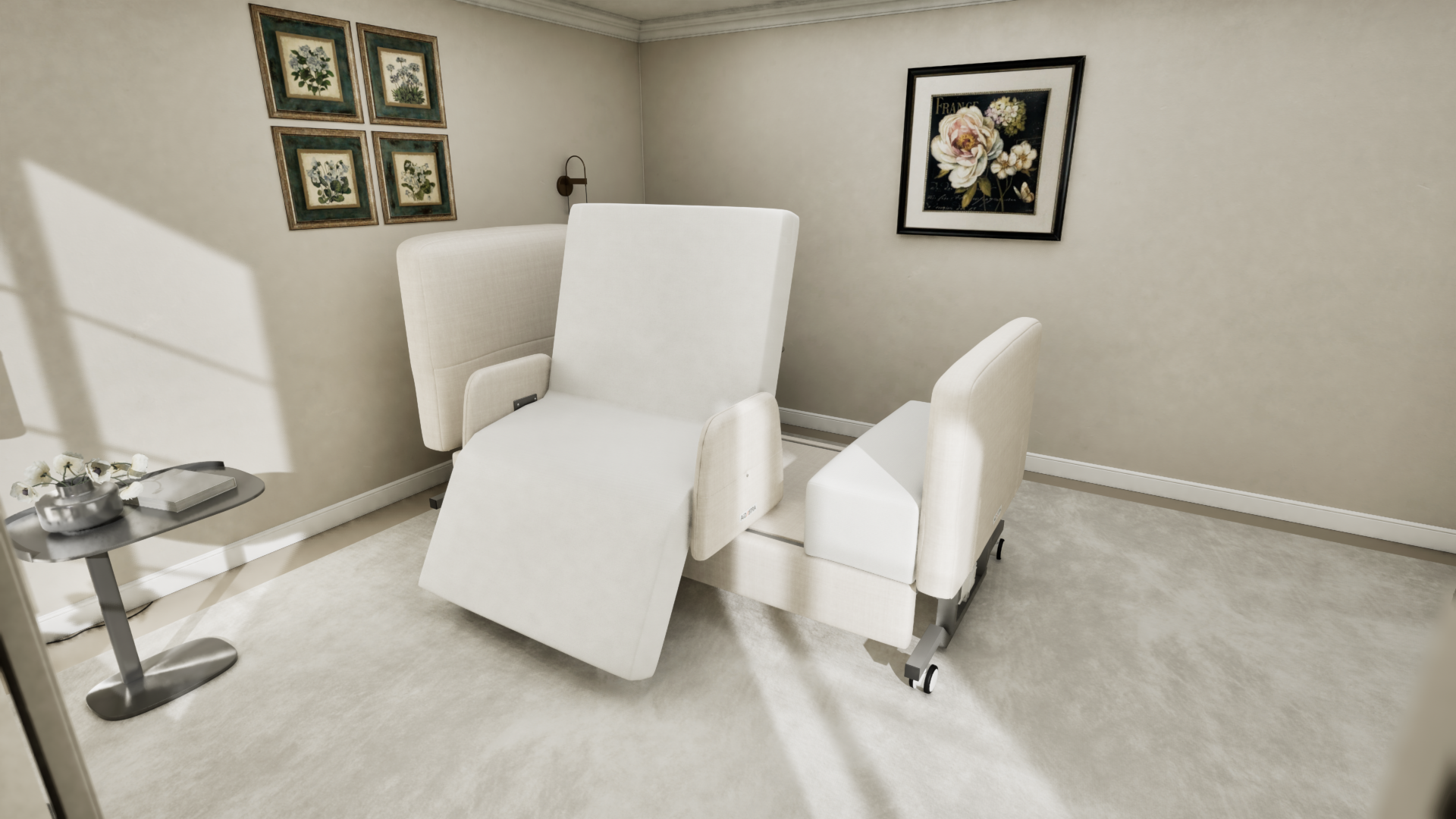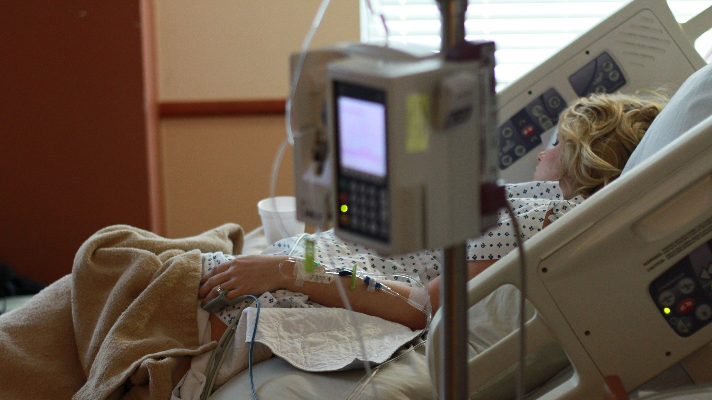Hospital Beds For Home Use for Beginners
Fascination About Hospital Beds For Home Use
Table of ContentsHospital Beds For Home Use Things To Know Before You Buy5 Easy Facts About Hospital Beds For Home Use Explained8 Simple Techniques For Hospital Beds For Home UseThe Best Guide To Hospital Beds For Home Use5 Simple Techniques For Hospital Beds For Home UseUnknown Facts About Hospital Beds For Home Use7 Easy Facts About Hospital Beds For Home Use Explained
Next off, we will discover the features, uses, and Pros and Disadvantages of each kind of hospital bed in deepness. A manual hospital bed is the most standard type of hospital bed, and all change features are attained with a hand-cranked device.These hand-cranked devices are typically mounted at the foot or side of the bed, and the caregiver or client can readjust the height or tilt angle of the bed by drinking the handle. Considering that no electrical components are required, are usually less costly than electric healthcare facility beds, ideal for medical organizations or family members with limited spending plans.
Rumored Buzz on Hospital Beds For Home Use
For patients who need to adjust their stance or height regularly, hands-on beds may not be practical enough because each adjustment needs hands-on operation. If the bed needs to be changed frequently, taking care of personnel might need to invest even more physical toughness to run the hand-cranked device - hospital beds for home use. Manual beds are normally ideal for clients in the recovery period or occasions with reduced nursing needs
Usually, the modification of the back and legs is controlled by electric motors, while the total elevation adjustment still needs to be done manually. The purpose of this layout is to lower costs and energy usage while maintaining high operational benefit. Contrasted with hands-on healthcare facility beds, semi-electric health center beds are easier in readjusting the back and legs, specifically for individuals that need to adjust their position regularly.
Since only some features count on electricity, semi-electric health center beds eat less power during use. Given that the general height still needs to be adjusted manually, it might not be as practical as totally electrical hospital beds for patients that need to change the bed height frequently. Compared with hands-on health center beds, semi-electric hospital beds are somewhat much more complicated to operate, needing individuals to understand the mix of electric and hand-operated procedures.
Electric medical facility beds have high adjustment precision and can be specifically readjusted to a certain angle and elevation according to the requirements of patients to offer the most comfy assistance. All-electric health center beds are usually equipped with a variety of additional features, such as built-in ranges, mattress pressure modification, and so on, to fulfill the unique demands of various patients.
The Hospital Beds For Home Use PDFs
A reduced bed is a particularly made medical facility bed that can be adjusted to a very low degree, normally just a couple of inches from the ground. The purpose of this style is to lower the threat of clients dropping from the bed, specifically for individuals that go to threat of falling, such as the senior or people with minimal mobility.

8 Easy Facts About Hospital Beds For Home Use Explained
give a care environment ideal for kids's elevation and body shape, boosting the convenience and safety and security of youngsters. Some pediatric beds are use this link additionally furnished with vibrantly colored bed rails or anime decorations to reduce the concern of kids in the health center setting. For youngsters that require to remain in bed for a long period of time, pediatric beds are usually equipped with anti-bedsore bed mattress, adjustable bed rails and various other functions to provide detailed treatment assistance.
The delivery bed is likewise outfitted with postpartum recuperation functions, such as bed mattress modification, bed heating, and so on, to aid mommies recoup faster. The extensive treatment bed (ICU Bed) is created for the critical care unit (ICU) and has extensive monitoring and nursing functions. This kind of bed is usually outfitted with user interfaces for a selection of tracking equipment, which can keep an eye on the client's crucial check in actual time, such as heart price, high blood pressure, respiration, etc.
Not known Facts About Hospital Beds For Home Use
The extensive treatment bed has a completely electric modification feature, which can quickly readjust the angle and placement of the bed to meet the demands of various therapies and treatment. The design of ICU bed considers the requirement of rescue operation. The bed can be swiftly gotten used to the most appropriate rescue position and cooperate with the use of rescue equipment.
It can properly isolate people from the outdoors and decrease the threat of infection transmission. Seclusion beds are generally furnished with unique bed curtains or securing covers and attached to air filtration systems to keep the air around the bed tidy. Seclusion beds are particularly designed to stop the spread of virus from contagious clients and shield the safety of other people and clinical staff.
Isolation beds are furnished with air filtration systems that can filter bacteria and particle matter airborne to keep the air around the bed tidy. Increased and reduced by hand by a crank or a hand-held control. Crank, hand-held control, hands-on laborRaised and lowered utilizing an electrical motor. Can likewise be gotten used to different positions.
The Of Hospital Beds For Home Use
Bigger and tougher than a common bed. Overweight, weight problems, client sizeDesigned for individuals at risk of befalling of bed. Reduced to the ground than a basic bed. Person falls, bed heightDesigned for kids. Smaller sized in dimension than a standard bed. Pediatric medicines, child-sized equipmentUsed throughout childbirth. Outfitted with functions such as stirrups and a headrest.

In a health care setup, picking the right bed can not just improve the effectiveness of care, yet also significantly improve person convenience and safety and security. By recognizing the kinds and usages of these beds, healthcare facilities and family caregivers can better support and look after their clients.
The Ultimate Guide To Hospital Beds For Home Use
HomeCare home Hospital Beds, a division of DiaMedical U.S.A., is committed to providing full openness for its consumers. Individuals can be overwhelmed by the different options in long-term treatment items, and HomeCare Healthcare facility Beds is dedicated to simplifying this procedure, while making certain consumers obtain the information and support they need.
Medicare Component B (Medical Insurance policy) covers medical facility beds as durable clinical devices (DME) that your physician prescribes for usage in your home. After you meet the Component B insurance deductible you pay 20% of the Medicare-approved quantity (if your provider approves project). Medicare spends for different kinds of DME in various methods.
